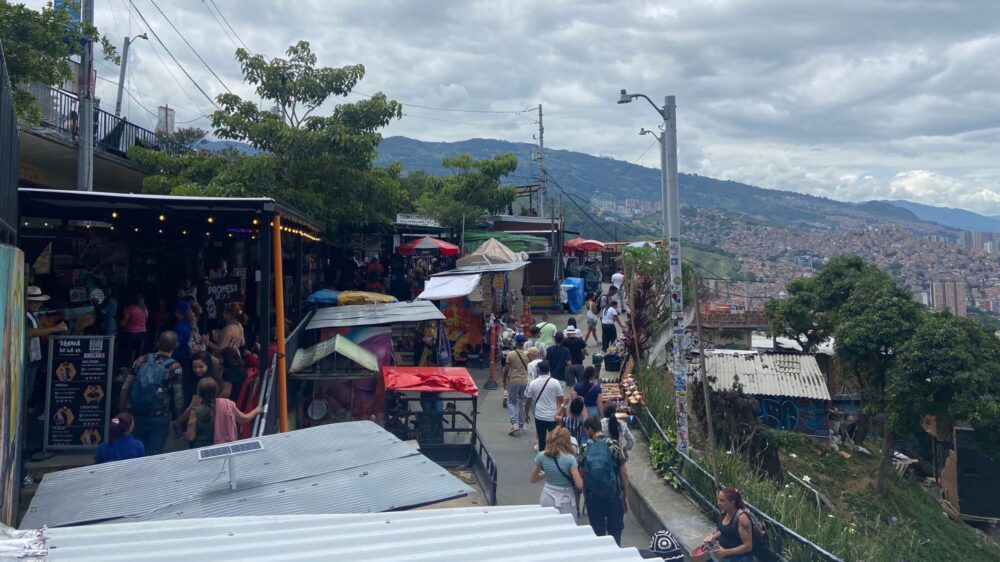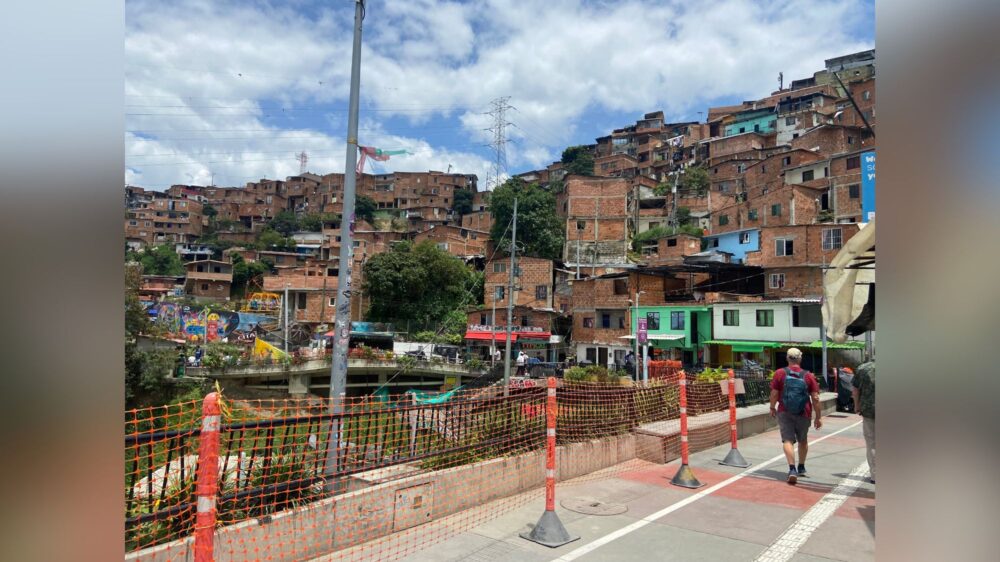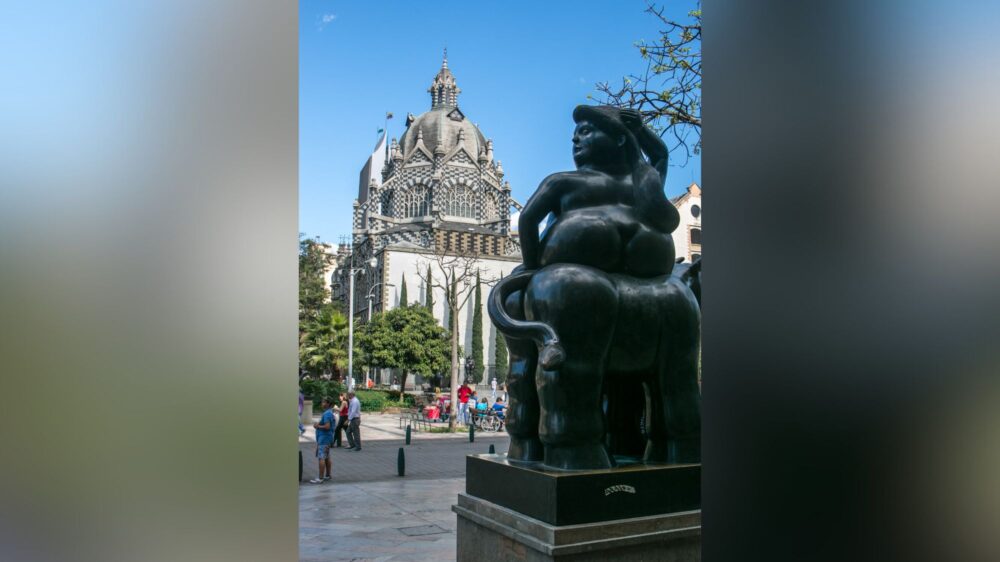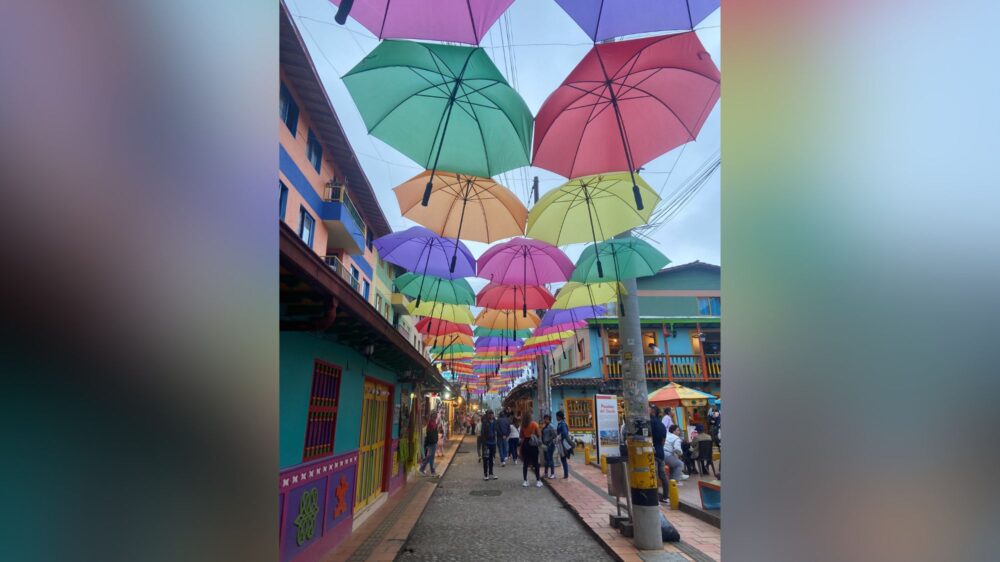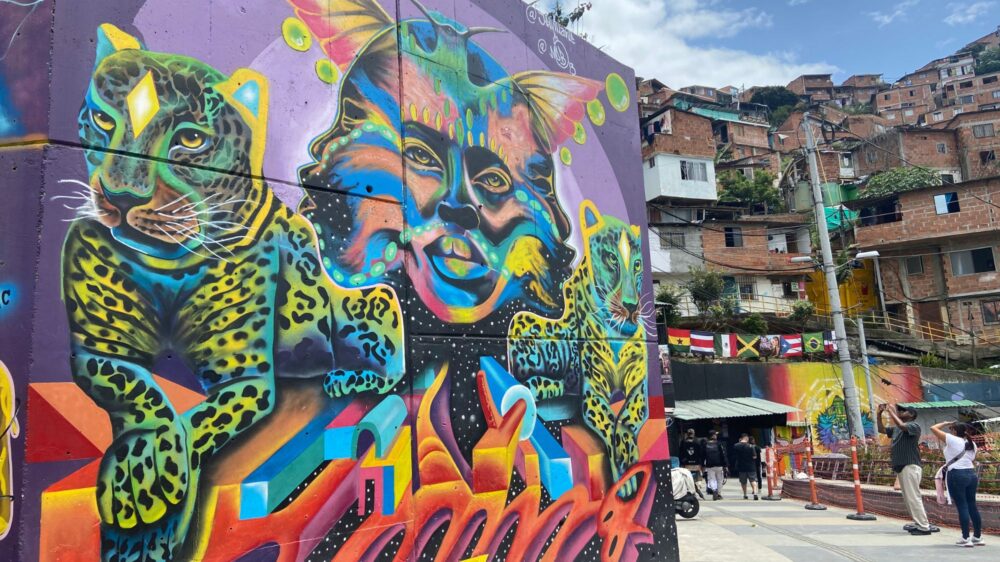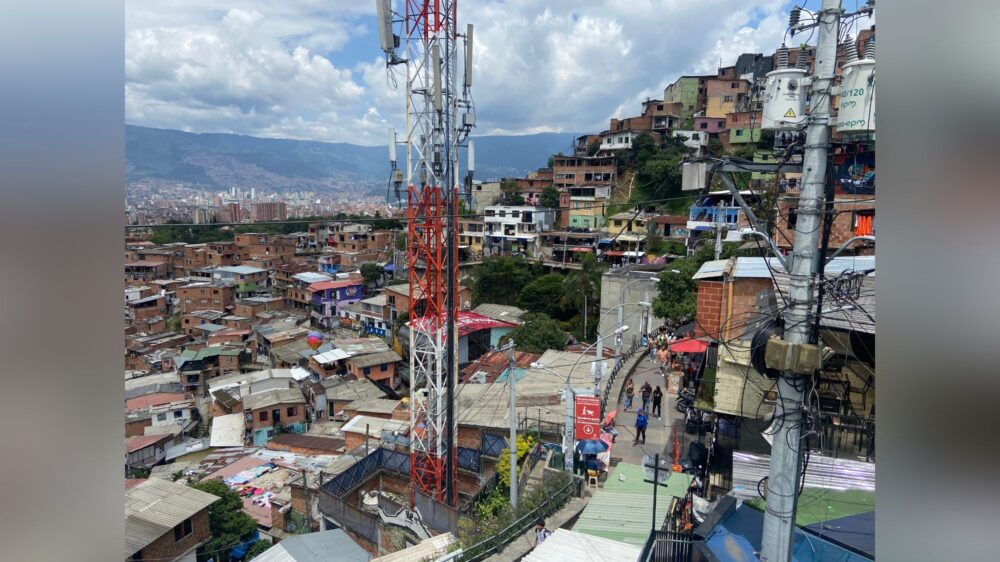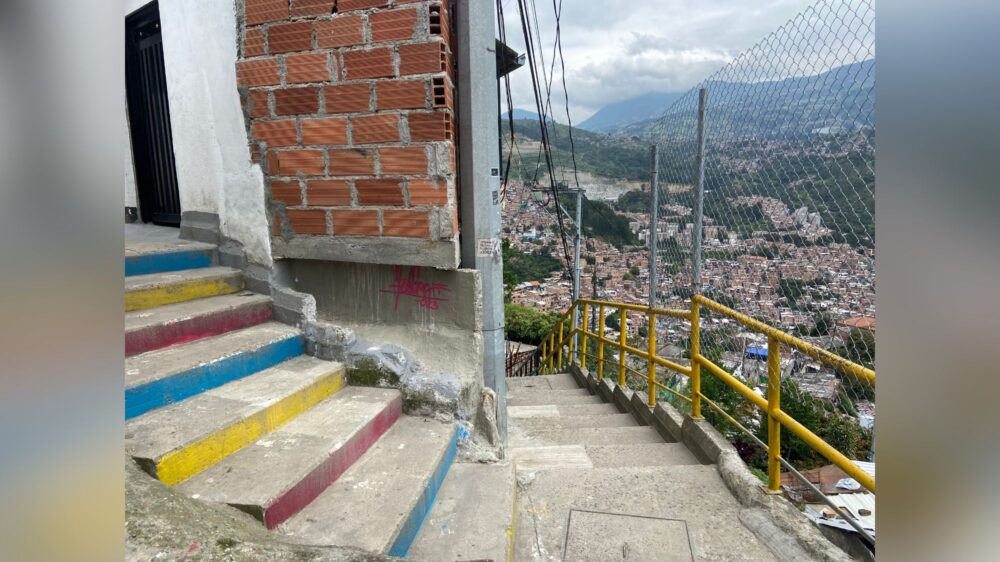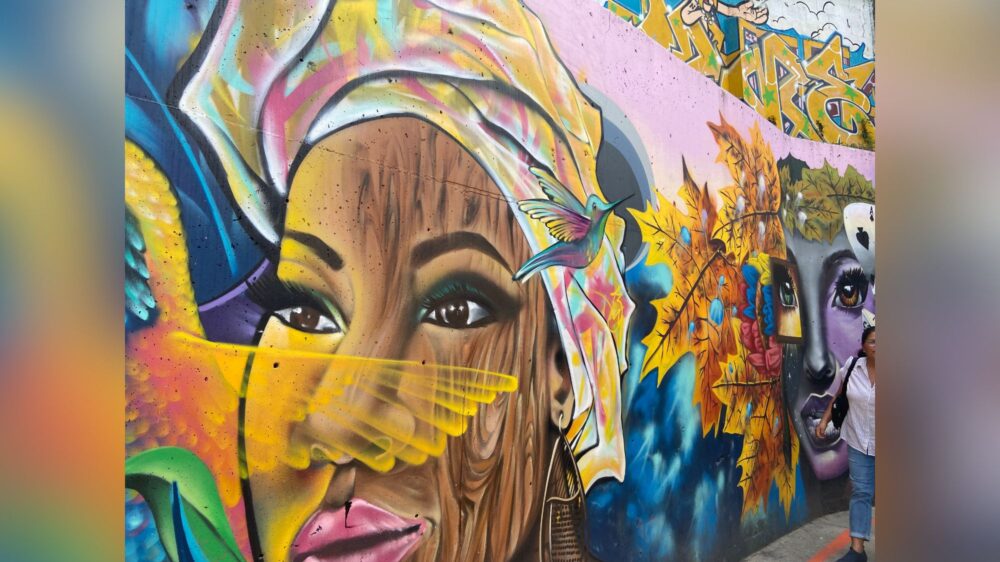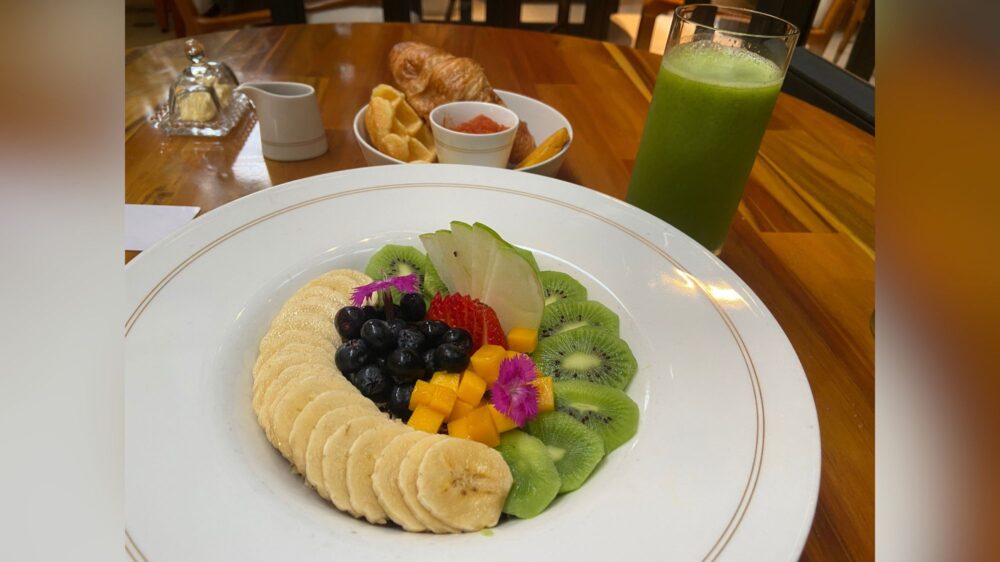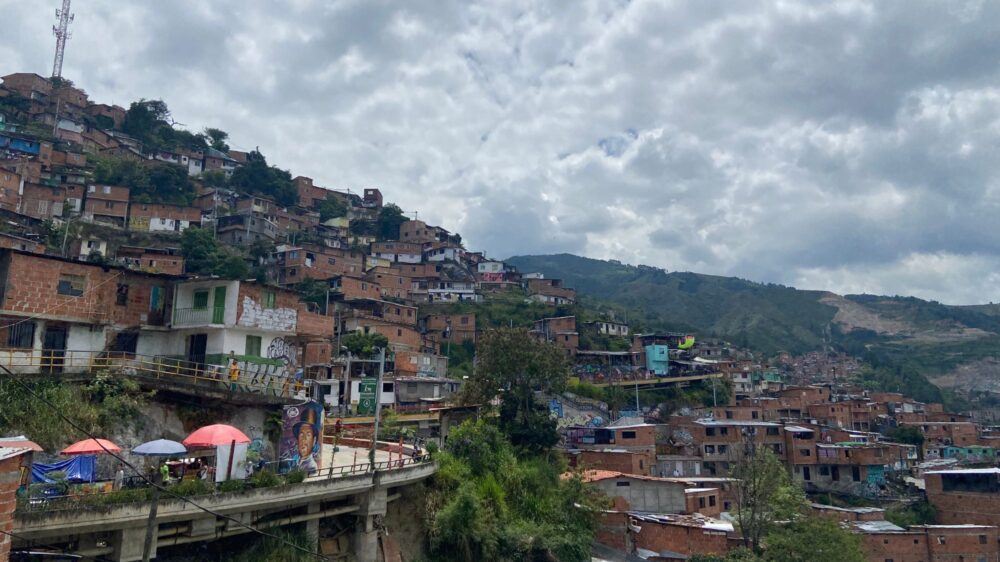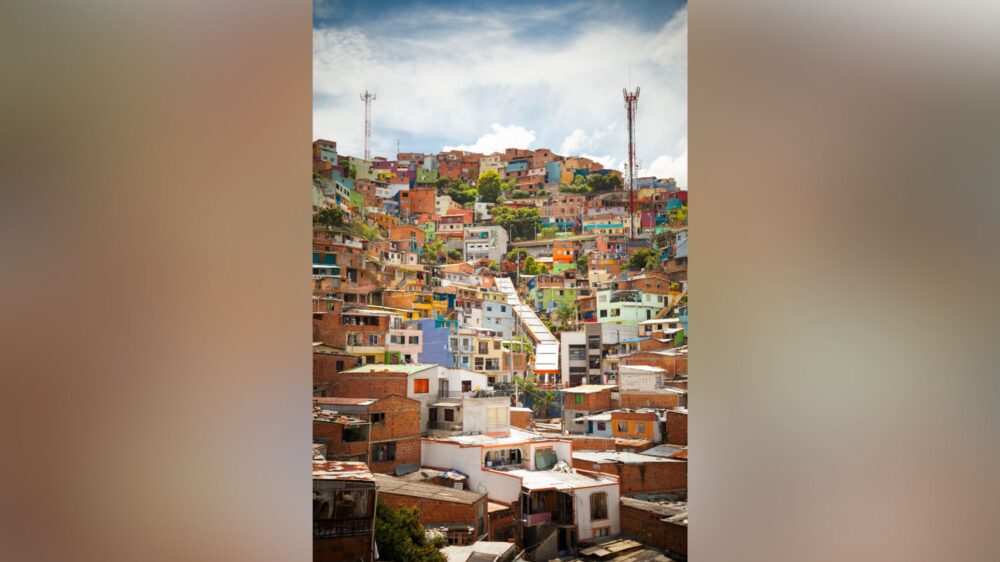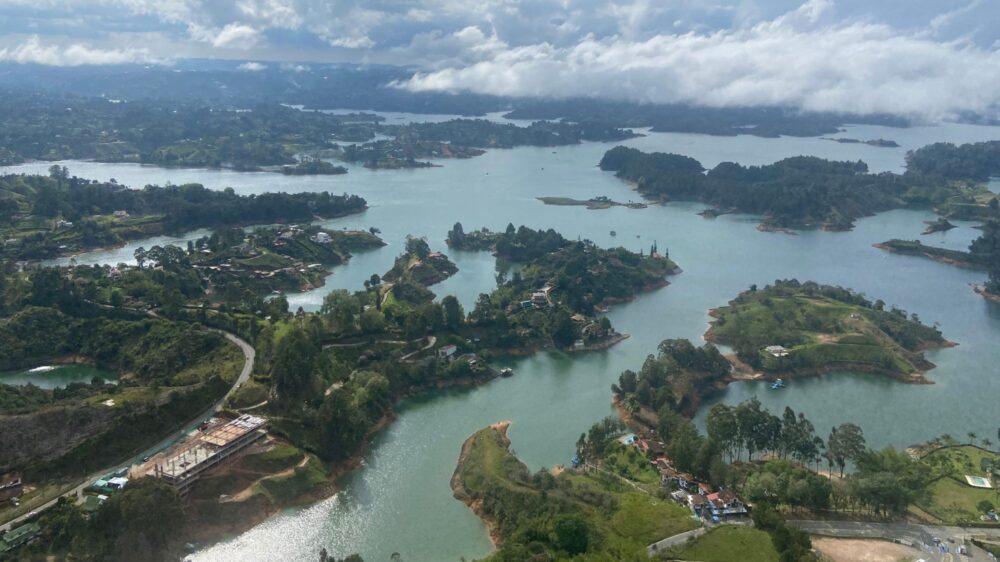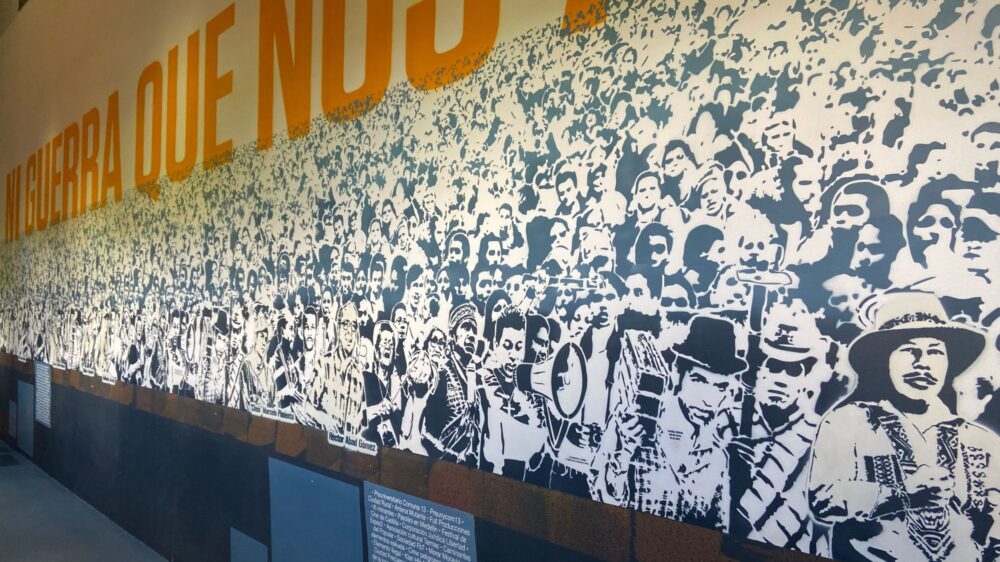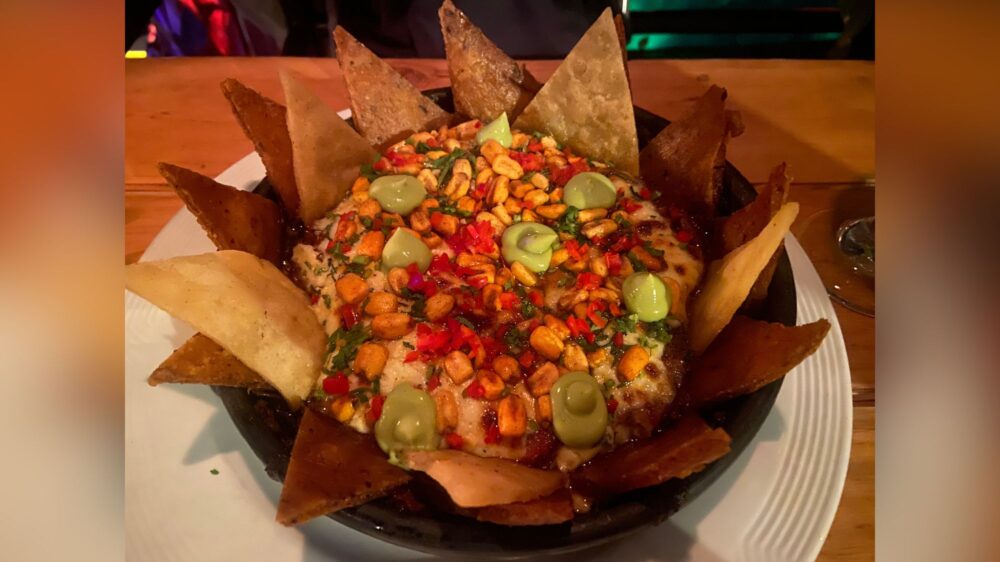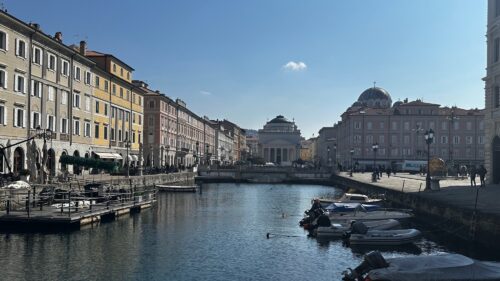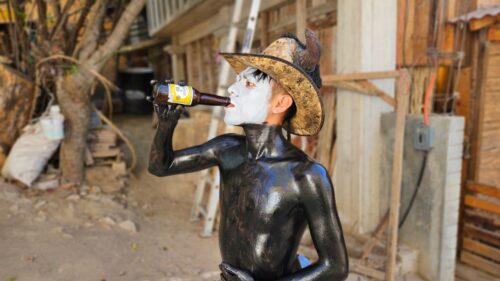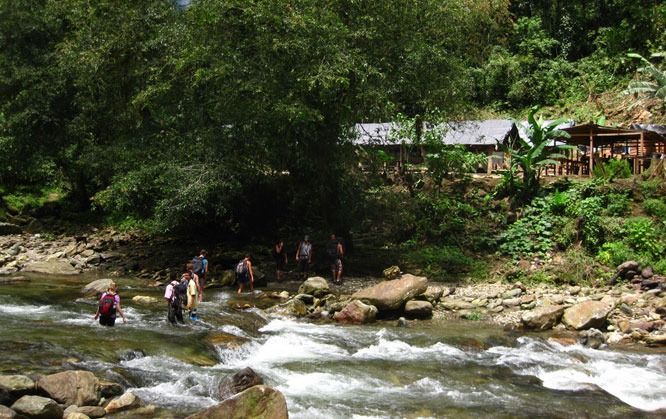Modern Mighty Medellin
I’ve never really thought of myself as a city person, yet here I am, living in Toronto and daydreaming about my favourite cities in Latin America. There’s just something about certain cities that gets under your skin. I love the hum, the energy, the people, the way you can wander into a side street and stumble upon something unexpectedly wonderful. I’m not much of a museum or gallery person. I’m more the sit-on-a-patio-with-a-beer-and-watch-life-happen type. Bonus points if there’s a local willing to show me the city’s underbelly, in a “here’s where real life happens” kind of way.
Latin American cities grab me. Maybe it’s the bold mash-up of old and new architecture, or the fact that life doesn’t hide behind walls, it spills out onto the sidewalks, into plazas, and over balconies. While major cities like Buenos Aires, Lima, and Rio justifiably steal the spotlight, it’s the quieter places that have captured my attention. Most recently, my spirit sprung to attention in Medellín, Colombia.
Once dubbed the most dangerous city in the world (hello the 1990s and the Pablo Escobar era), Medellín has pulled off a jaw-dropping transformation. It’s not just safer, it’s become a global model for urban innovation, inclusion, and accessibility. This isn’t your standard “gentrify and hope for the best” story. Medellín rebuilt with equity in mind. Think cable cars that connect the poorest hillsides to the metro, escalators climbing neighborhoods once cut off by steep terrain, and public libraries in places where books used to be a luxury.
In Comuna 13, I learned about Las Terrazas Verdes, a project helping single mothers turn their bare rooftops into lush veggie gardens. Not only do they grow food, but they also generate passive income so they can stay home and raise their kids.
Medellín is also the birthplace of Fernando Botero. His work is proudly on display at the Museo de Antioquia and in Plaza Botero, where you’ll find tourists posing with bronze butts and bellies. It’s great. But if you want to feel the pulse of Medellín, head to Comuna 13. The street art here is layered with stories of resilience, rebellion, and renewal. You might even join in and spray your own mark. Music and dance echo through alleyways, as youth are encouraged to express themselves in every possible form.
What really shook me to my core was the realization that what makes Medellín unforgettable isn’t just what’s been built, it’s who’s telling the story. You’ll meet guides, taxi drivers, shopkeepers, and hotel staff who lived through the dark days and now welcome you with warmth and openness. Walk through the city with someone who grew up in Comuna 13, and you won’t get a scripted tour, you’ll get a childhood, a memory, a transformation. The history here is alive, beating in the people who lived it.
Medellín is nestled in a lush Andean valley, which means Spring-like weather all year round. There are tree-lined streets, a river snaking through the centre, flower-filled balconies, and no shortage of patios for sipping, snacking, and people-watching. The city gives a flavourful snapshot of broader Colombian culture, especially its Paisa roots. Start with a Bandeja Paisa and finish with an arepa for good measure. Try street food like tamales wrapped in banana leaves. Wander the markets for local snacks, sip fresh fruit juices and finish the day with a beautifully brewed Colombian coffee. End up in El Poblado at a rooftop restaurant wondering how to stay forever.
Medellín is proof that cities can heal. That people can rewrite their own stories. I came expecting beautiful views and good coffee. I left with a deep respect for a place and people that refused to be defined by its past.
